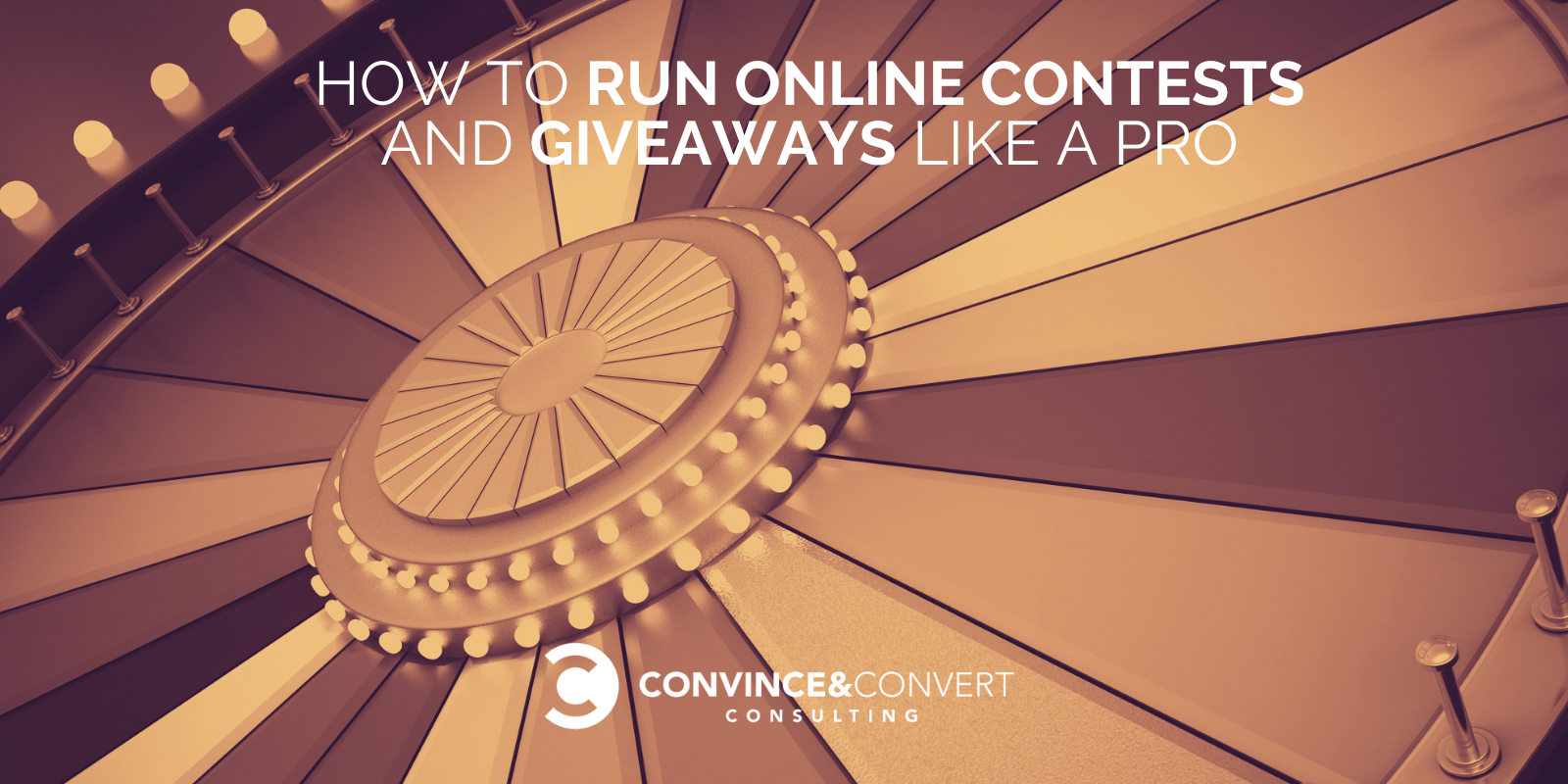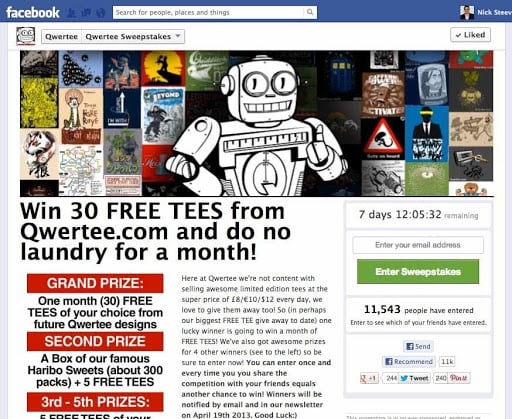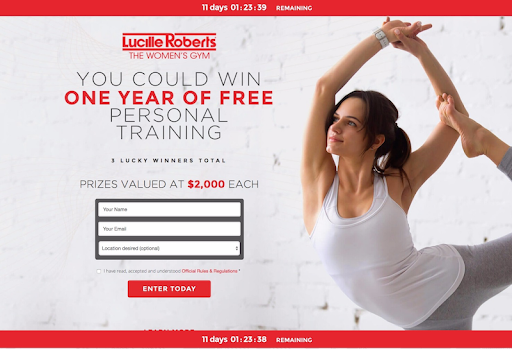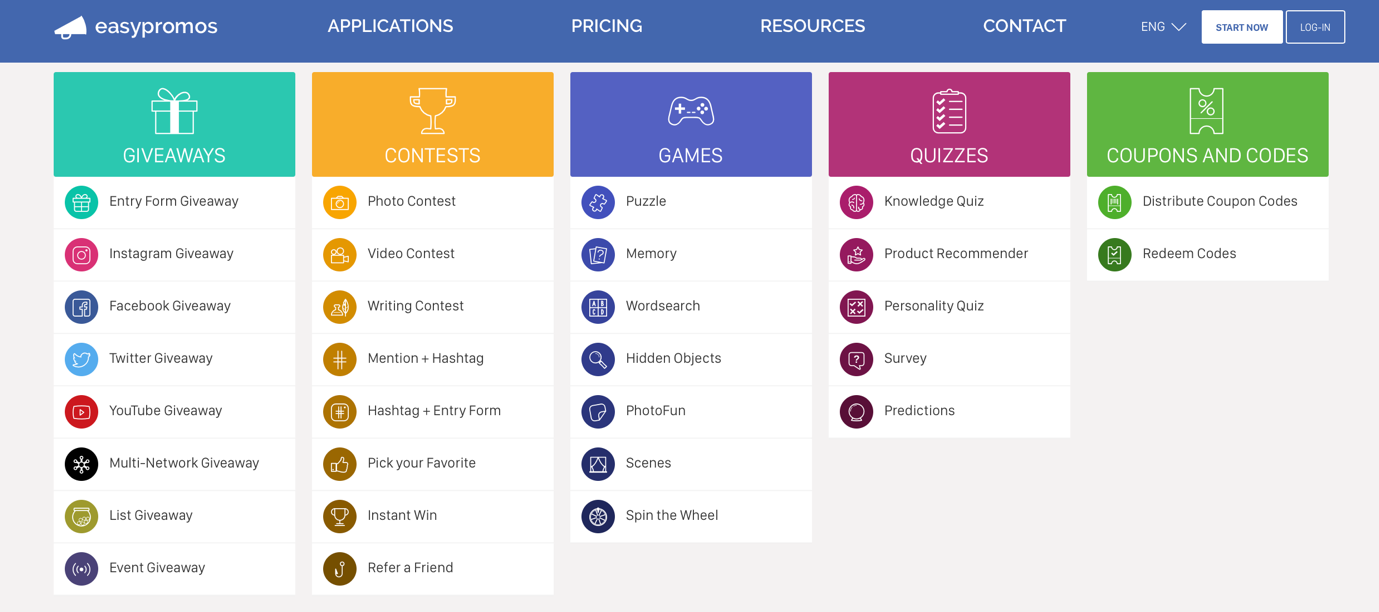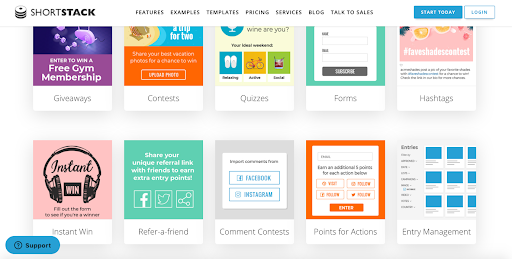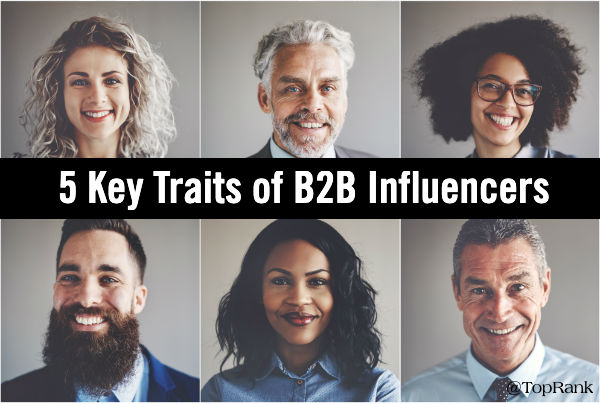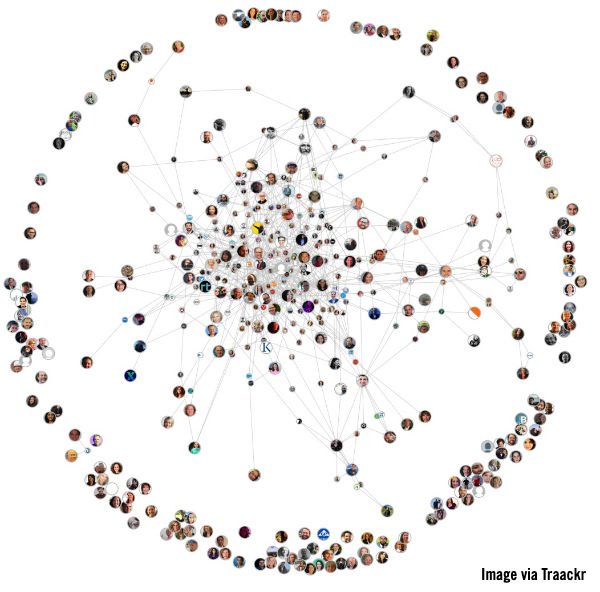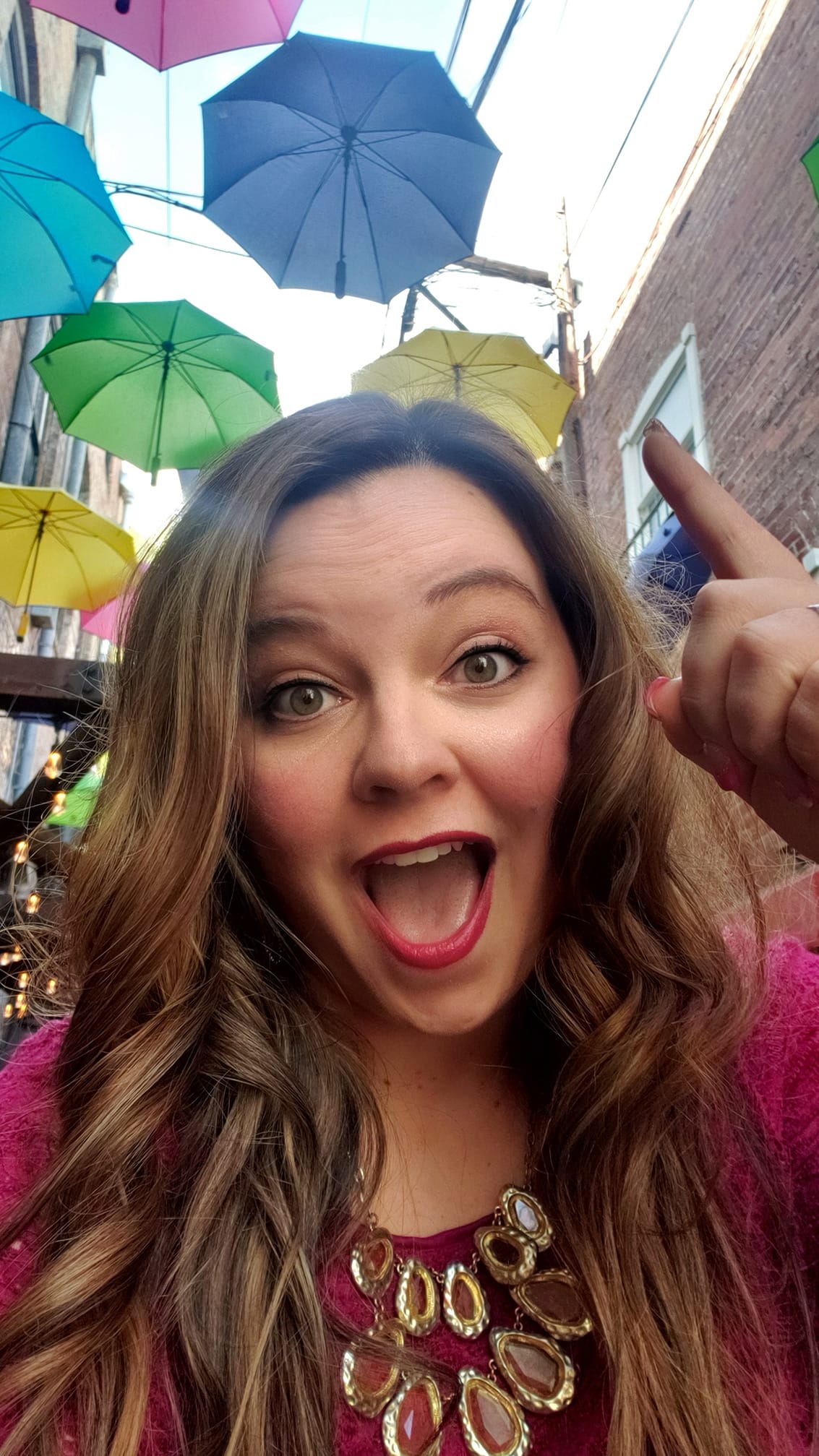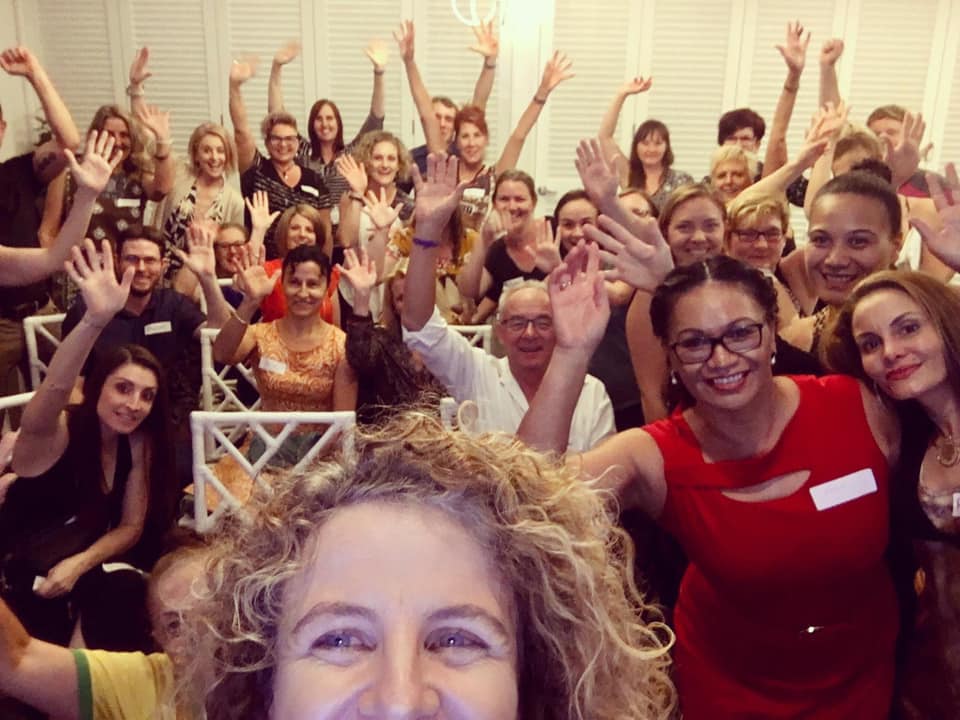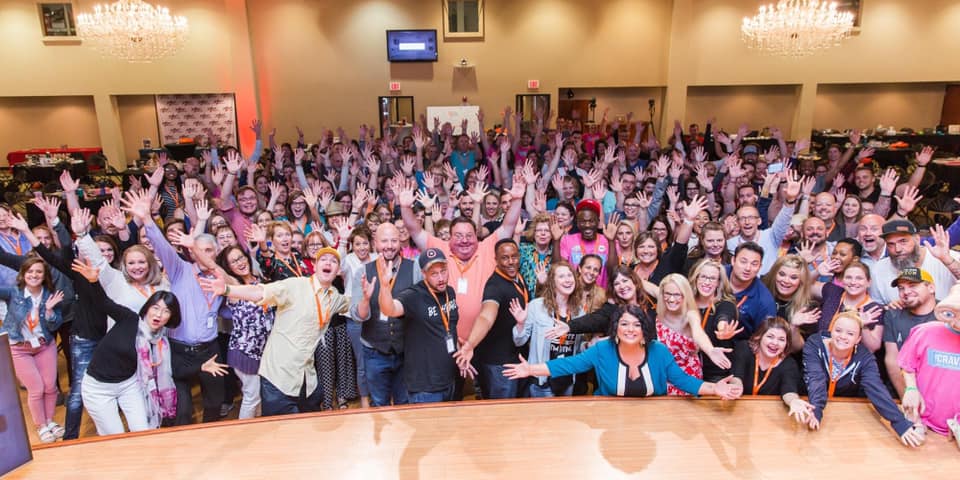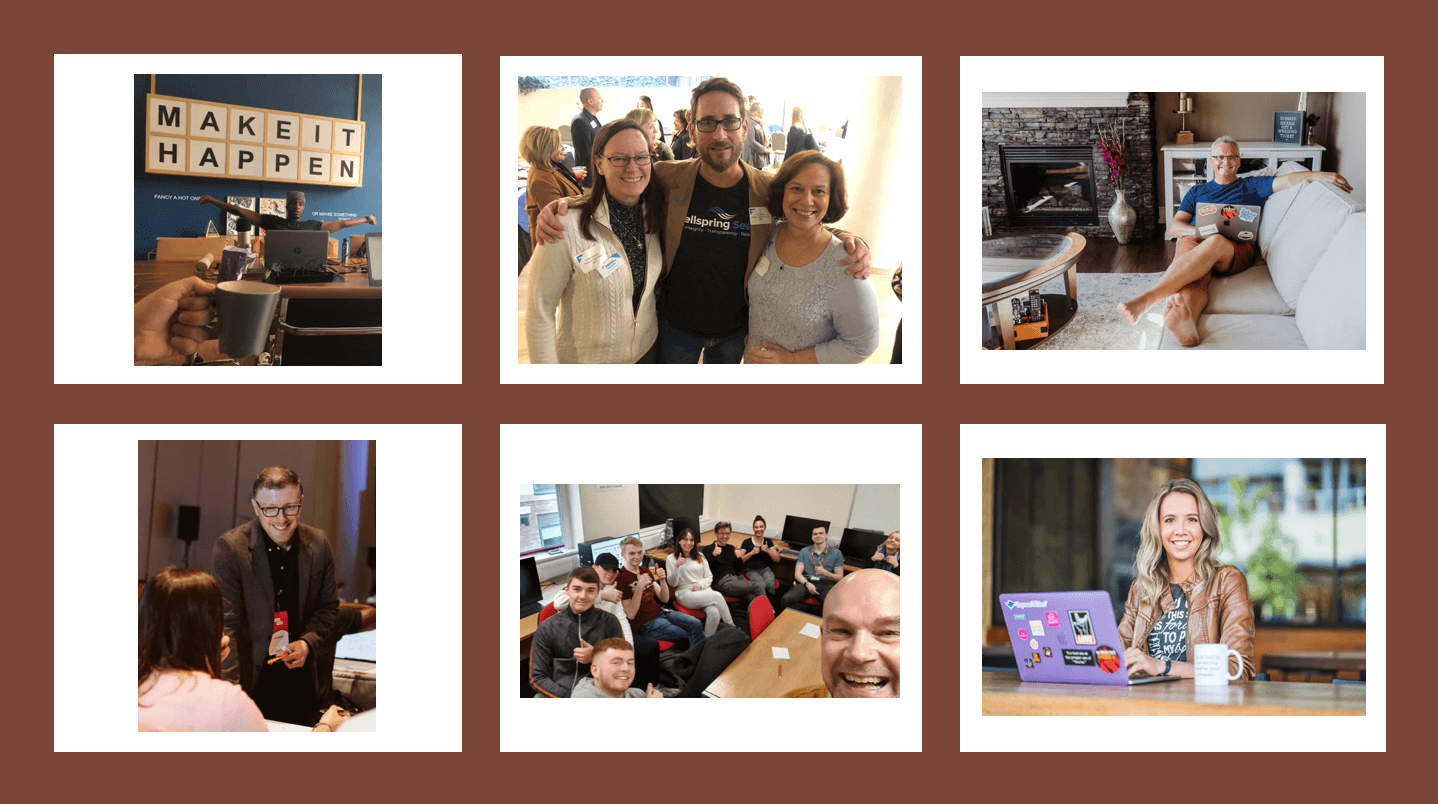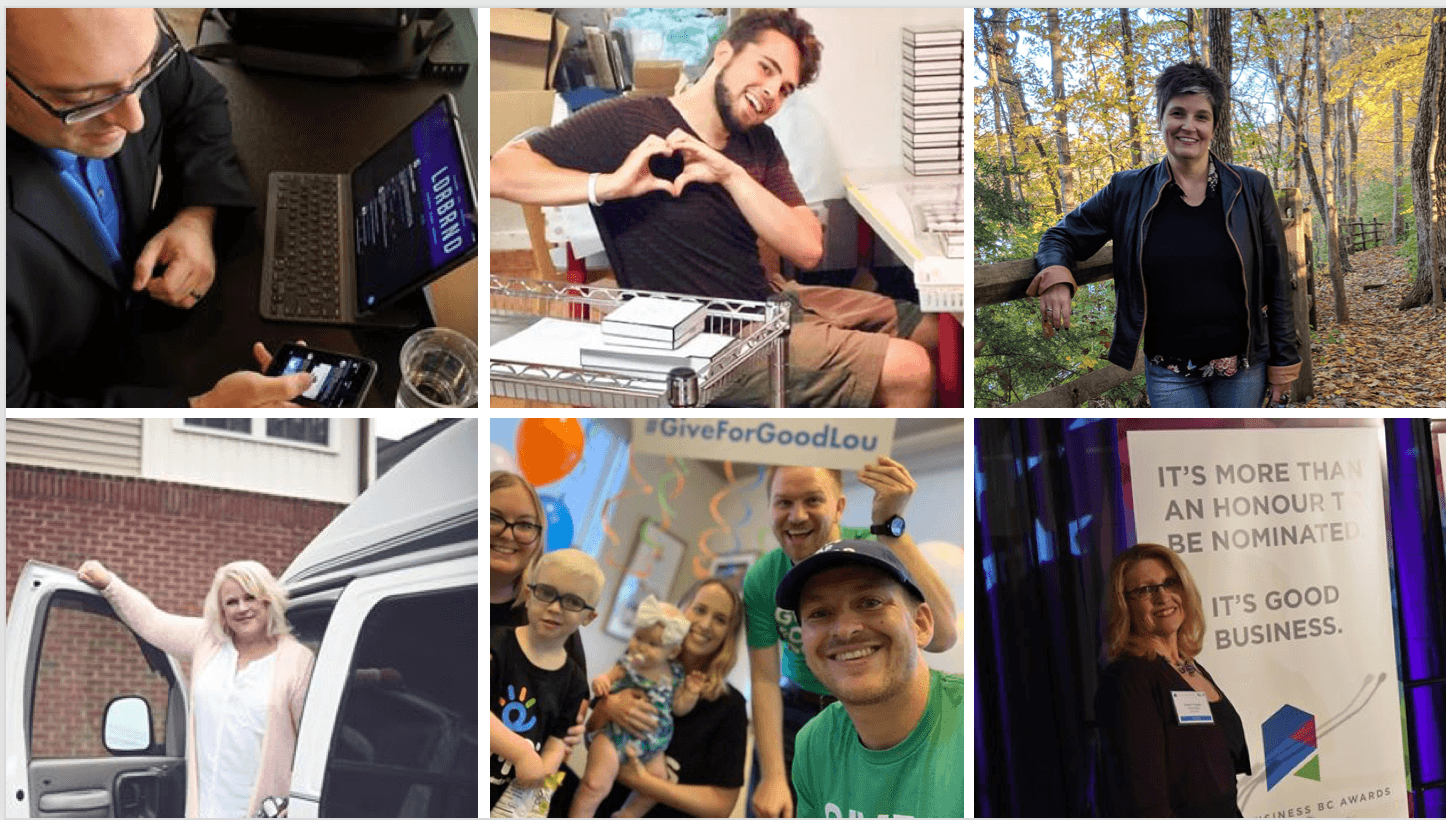http://feedproxy.google.com/~r/TheWritePractice/~3/VmWlHFKADM4/
How do good stories end? In tragedy or triumph? With a wedding or a funeral?
That is the question of the denouement, a literary term that means more than just “the end.”
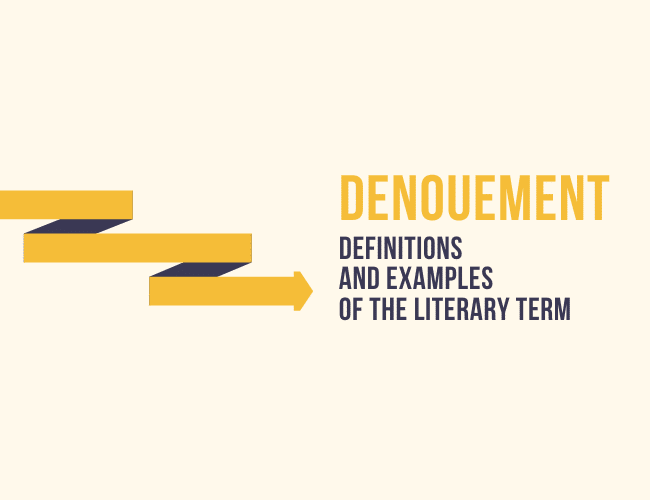
This article is all about denouement. In it, we will talk about the origin and definition of the literary term, give examples, and talk about where it fits in your writing.
Definition of Denouement
Origin of Denouement
Denouement came from the French language (thus, the extra “e”!) in the 18th century and means, literally, “untying.” In the case of a story, it means “the untying of the plot.”
The idea is that the tension in a story builds through to the climax and in the denouement, also known as the resolution, that tension is untied.
Where Denouement Fits Into the Dramatic Structure
At The Write Practice, we talk about the six elements that make up dramatic structure. They are:
- Exposition
- Inciting Incident
- Rising Action/Progressive Complications
- Crisis
- Climax
- Denouement
In dramatic structure, denouement is the final part, the moment when all the pieces must be put in their place, and when the author will leave us with our final image of the story.
How Long Are Denouements Usually?
After the climax, most stories wrap up quite quickly, within one or two scenes.
That means that the denouement, as the final part of a story, is generally one or two scenes long.
Examples of Denouement
The denouement is a relatively short part of a story, but it’s also one of the most important pieces, since this is the ending the audience has been waiting for throughout the story. Often, this is the part readers most remember from the story, and which lingers in their minds long after they finish reading or watching.
Here are a few examples of the denouements from literature:
Romeo and Juliet Denouement Example
Romeo and Juliet, the classic play by William Shakespeare, is about two “star-crossed” lovers from rival families who end up falling in love. In the climax of the story, Romeo mistakenly thinks Juliet has died and decides to drink poison to end his own life. As he’s dying, Juliet wakes up and when he finally dies, she decides to take her own life as well.
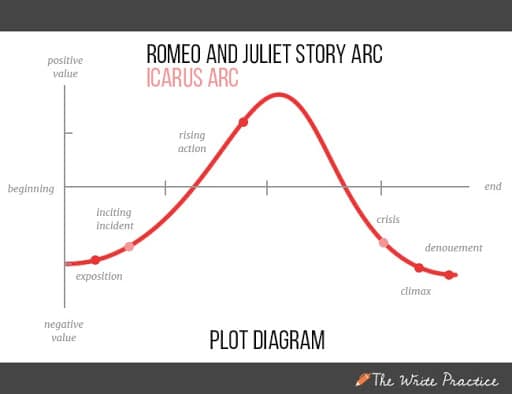
The denouement begins just after the couple’s death, starting from their discovery by their families and Friar Laurence. Only one scene long, it begins with a monologue from Friar Laurence, includes a reconciliation between the two families, and ends with a final monologue from the Prince.
Length: 1 scene
Ready Player One Denouement Example
Ready Player One, the bestseller by Ernest Cline, is about an orphaned teen who enters a competition designed by a virtual reality maverick named Halliday to win full control of the O.A.S.I.S., the virtual world he’s created, as well as Halliday’s vast fortune.
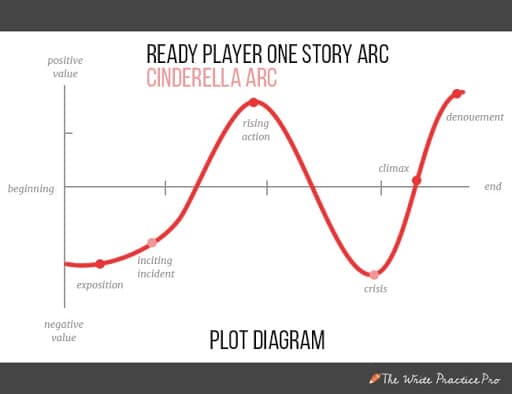
***Spoiler Alert***
The denouement occurs after the big fight with the evil, corporate Sixers, and after Wade Watts collects the final prize from Halliday.
The denouement consists of two short scenes, both of which take place once he’s back in the real world.
The first scene of the denouement is a brief interaction with Ogden Morrow, Halliday’s cofounder, in which he cements the lessons from the story, alludes to Watts’ fortune, and reveals the Sixers leader’s arrest.
The final scene of the denouement and the novel as a whole takes place at the first real-life meeting between Watts and his love interest, Art3mis, Samantha in real life.
***End Spoilers***
Length: 2 scenes
The Hobbit Denouement Example
J.R.R. Tolkien’s The Hobbit is about a hobbit named Bilbo who, at the urging of a wizard named Gandalf, leaves his home, the Shire, and sets off on an adventure with a troop of dwarves to steal a treasure from the dragon that has overrun the dwarves’ kingdom.
They experience various shenanigans, including a run-in with some giant man-eating spiders (and hobbit/dwarf-eating) in a spooky forest, a clash with a troop of trolls, and other setbacks on their journey before finally getting to the big showdown with the dragon.
The dragon, terrifying as he is, is just a preamble for a larger battle between the armies of humans, elves, and dwarves against an army of goblins. Finally, the hobbit gets his treasure and returns back to the Shire.
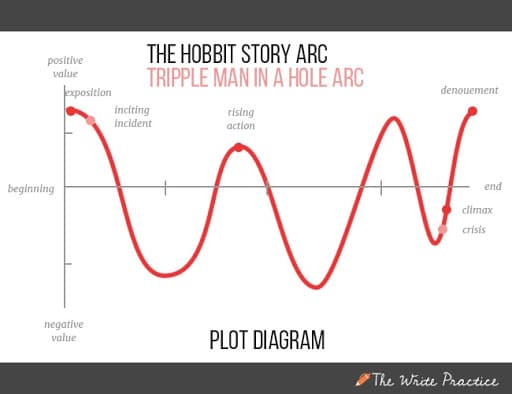
The Hobbit is a complicated plot with a triple (or even quadruple) man in a hole structure, and as such, the denouement is a bit longer and more elaborate, and in the end more of a montage of the journey home than a set of specific scenes.
For The Hobbit the denouement includes:
- Funerals and mourning for the fallen from the battle
- Bilbo and the dwarves receive their treasure (which Bilbo gives up)
- Bilbo says goodbye to the dwarves and is praised by the elves
- A journey to Beorn’s where he recuperates
- Traveling back to Rivendell, home of the elves
- A lot of elven songs (I’m not a fan of all the songs!)
- Traveling back to the Shire and to Bilbo’s hobbit hole with Gandalf
- Bilbo discovers everyone thought he was dead and his relatives had moved into his house
- Bilbo puts everything to right and is once again comfortable, but he does often visit the elves
- Several years later, Gandalf and one of the dwarves visits Bilbo again and they reminisce
There’s a great quote from Gandalf near the end of the denouement that both illustrates Bilbo’s evolution as a character and also the purpose of the denouement:
“My dear Bilbo!” [Gandalf] said, “Something is the matter with you! You are not the hobbit that you were.”
How to Write the Denouement: 3 Tips
If you’re writing a novel, screenplay, or other narrative, how do you write a great denouement? Here are three tips:
1. Make Sure One Exists
You’d be surprised at how many writers choose to end their stories at the end of the climax and forego the denouement, thinking it’s better to end on a high note.
It never works.
The reader needs one or two scenes to come down off the action, look around, and see how the world has changed now past the action of the story.
2. Show the New World Order
The purpose of the denouement is to give the reader a chance to see the New World Order.
The exposition and denouement are in many ways mirrors of each other.
If you’re stuck on what to write in your denouement, focus on how the world looks now compared to how the world looked in the exposition.
3. End With the Subplot
One of the best uses for the denouement is to cap off the subplot, if you have one. This is especially effective if you have a love story subplot.
For example, in Ready Player One, the final scene of the denouement completes the love story arc between Wade Watts and Art3mis.
This is a great way to finish your subplot efficiently while also ending your main plot effectively. Try it out!
How Will YOU End Your Story?
All stories must end. But how you end it can make our break your story.
Understanding what the denouement in a story is, plus using the tips above, will make your story all the better.
And just like every good story must end, so must this post!
Good luck, and happy writing!
What is your favorite denouement in a story? Let us know in the comments section.
PRACTICE
Let’s put the denouement to practice using a writing exercise.
In one sentence, outline the denouement for the following story, inspired by Jane Austen’s Pride and Prejudice:
- Exposition: Two sisters must marry or risk poverty.
- Inciting incident: Two eligible, wealthy bachelors move into town.
- Rising Action: One of the bachelors turns out to be a jerk, and they leave town just as they’re both starting to fall in love with the two oldest sisters.
- Crisis: Will the bachelor decide to stop being a jerk and will the sister decide to trust him?
- Climax: The bachelor proves his love by saving the sister’s family from shame.
- Denouement: ______
After you’ve written out the single sentence outline, use it as a writing prompt and write a scene for fifteen minutes.
When your time is up, post your practice in the comments section. And if you post, be sure to give feedback to at least two other writers.
Happy writing!
The post Denouement: Definition and Examples of the Literary Term appeared first on The Write Practice.
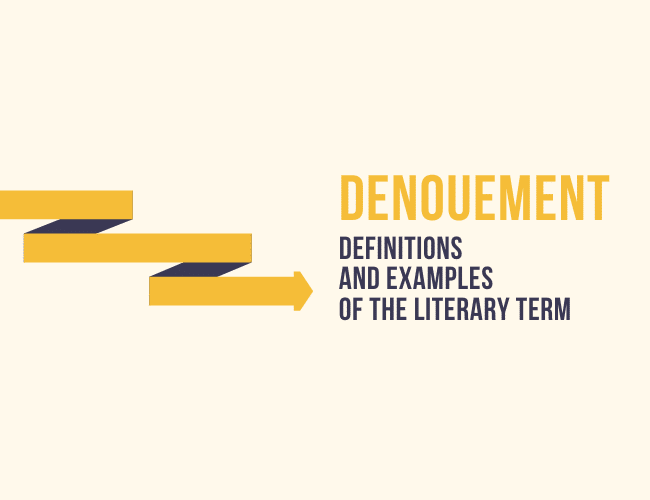
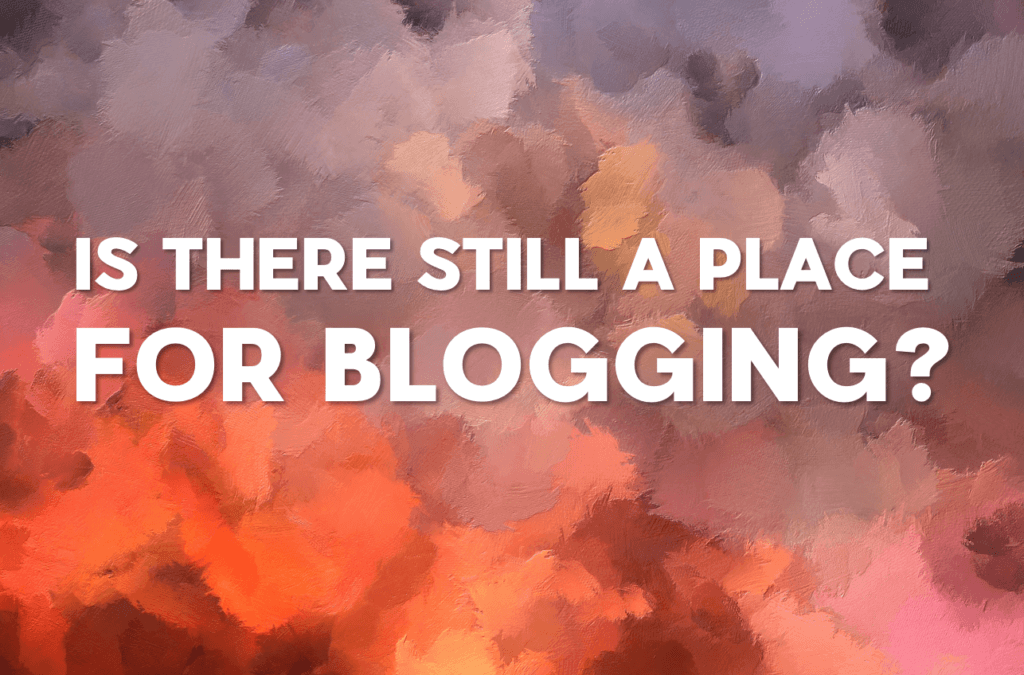


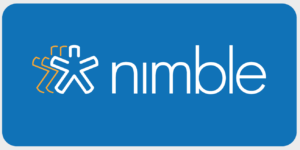 If you’re a business owner or an entrepreneur, you know how hard it is to stay on top of all your contacts and ensure that nothing is falling through the cracks.
If you’re a business owner or an entrepreneur, you know how hard it is to stay on top of all your contacts and ensure that nothing is falling through the cracks. 
 RSM Marketing
RSM Marketing